The Buffalo Fish get recognized as a taxonomic genus called Ictiobus. Buffalo fish are a vast genus of suckerfish that contains many different species.
Ironically, the biggest buffalo fish is the “Smallmouth Buffalo,” referring to its enormous bulk and small, downward-facing jaw.
Many fishers confuse buffalo fish with carp and believe they are the same species because they look similar.
But, in truth, they are two whole distinct species of fish. These fishes can get captured using a bow and arrow as a sportfish.
Continue reading to learn more about the Buffalo Fish.
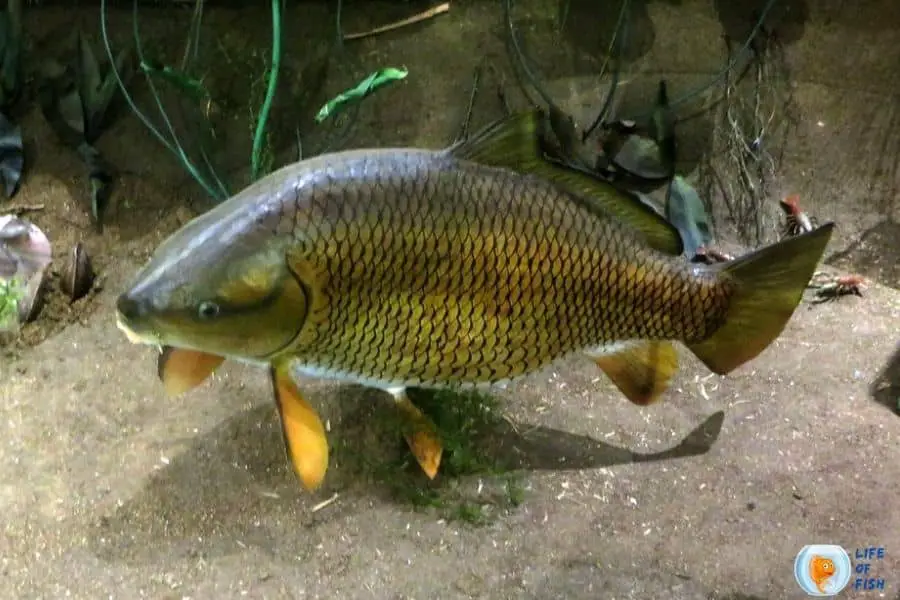
Buffalo Fish Basics
Jump To
All buffalo fish are members of the suckerfish family. This fish has evolved a bottom-facing mouth that helps it scrape algae off rocks, eat mud detritus, and pick up microscopic pieces of food and nutrients that drift to the bottom of a body of water.
If we consider the name, Buffalo is considered “rough” and unpleasant by specific cultures. But this fish is not.
However, depending on the species, the most prominent individuals can grow 35 inches or more. Their maximum weight is around 80 lbs. due to their vast, muscular bodies.
These fish congregate in groups. Some species reside in the deepest reaches of fast-flowing rivers, while others prefer to float in the center of the water column.
The majority of the foraging occurs at the water’s edge. They sift among the sand or gravel at the bottom, looking for anything delicious.
Where and How to Fish for Buffalo?
Buffalo fish get drawn to slow-moving sections of rivers with dense vegetation. They are also found in lakes.
Buffalo fish are bottom feeders. Therefore your chances of capturing one are the highest.
You may bait your hook with corn and then weigh it so that the bait is just above the surface of the water.
Another common way to catch buffalo is using a bow at night. The light attracts buffalo fish to the surface, where they may get shot and hauled in with a modified fishing bow and arrow.
This approach is getting more popular, but it may also significantly enhance the ordinary fisherman’s catch.
Anglers should not catch more fish than necessary until the proper rules are in place to safeguard buffalo fish populations.
Buffalos prefer high-quality flora because they deposit their eggs in areas with little to no aquatic vegetation.
Exciting Facts about Buffalo Fish
The buffalo fish genus has adapted to dwell at the bottom of a murky, fast-moving stream.
As a result, it has various adaptations to its habitat. These adaptations and other characteristics of the buffalo fish provide support for some highly intriguing biological notions and speculations.
Feeding habit of the Buffalo Fish
These fish, on the whole, consume both plants and animals, making them omnivores. They eat pretty much anything they can get their paws on since they are generalists.
Insects and their larvae, algae, plants, plankton, clams, and other edibles can get found in abundance in their diet.
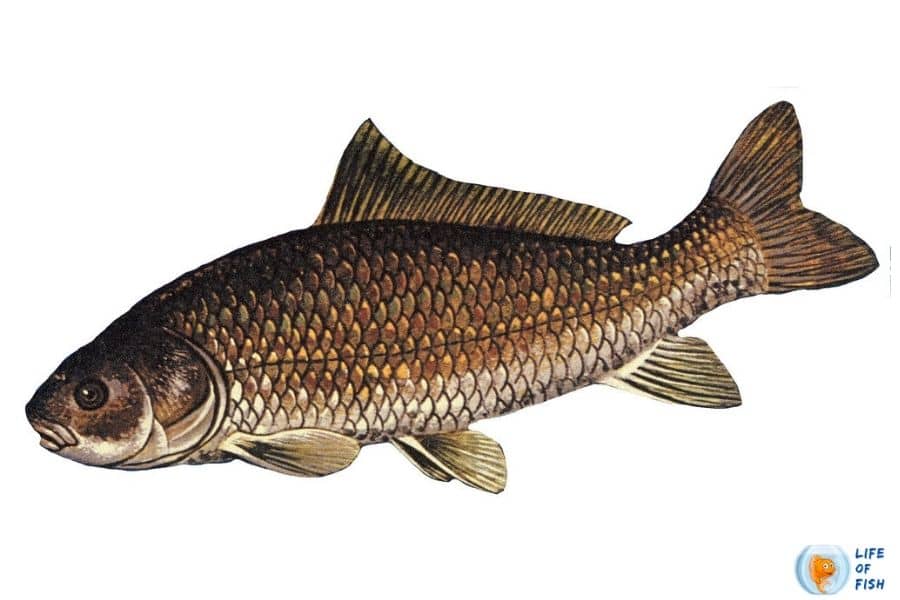
Adaptations to Feeding
Many fish have evolved their eating habits. Because water is a competitive environment, every edge you have over your competitors might be the difference between life and death.
Buffalo fish have adapted well to live in muddy rivers and lakes.
For example, buffalo fish have a lot of gill rakers, just as other algae-eating fish. Gill rakers are bony protrusions that filter bacteria from the gills.
Buffalo fish, like other algae-loving fish, may accumulate algae by swimming in alginate-rich environments.
It makes gathering food more effortless, which is why buffalo fish can grow to be so huge!
These fish will consume almost everything that comes into contact with their jaws during feeding.
Over half of what they ingest, according to experts, isn’t even edible! The fish filter through mouthfuls of sand for edible pieces while swallowing it.
This sand travels through the gastrointestinal tract and out the other side!
Decrease in Population
Buffalo fish, like many river-dwelling species, are having trouble with dams. Dams are usually built to store water and create energy. Sometimes dams can serve both of these functions.
The problem is sometimes fish eat in one part of a river system and then migrate to other regions to reproduce.
Many species attempt to migrate upstream to breed. The buffalo fish is not an exception. Dams make it difficult for buffalo fish to go upstream to hinder the breed.
Researchers have discovered that the great majority of the population comprises fish that are over 80 years old in some areas.
It means they haven’t been able to reproduce successfully. As a result, overfishing may become an issue if populations do not replenish themselves.
Long-standing Oldness
A person who lives for more than 100 years is known as a “supercentenarian.” The Bigmouth Buffalo is the only buffalo fish species that got designated as a “supercentenarian.”
Although the Smallmouth Buffalo lives just 18 years, the Bigmouth Buffalo has a genetic adaptation that permits it to live about 5-6 times longer!
Scientists can estimate a fish’s age by examining its otolith (a bone in the inner ear). Fish use these bones for balance and hearing.
Every year, a new ring of calcium and minerals gets added to the otoliths. The Bigmouth Buffalo fish, according to scientists, may live for more than a decade.
We don’t yet understand how or why this is happening. Researchers have calculated that this species can live for up to 112 years based on carbon dating! I
t makes the fish one of the world’s longest-living fish species.
Buffalo Fish and Human Interaction
Humans interact with other creatures in a variety of ways. Some species get hunted for sport fishing.
However, most anglers regard these fish as unattractive and prefer to hunt them with a bow and arrow.
Human activity has different effects depending on the species. Some are classified as Least Concern by the IUCN, while others get classified as Data Deficient.
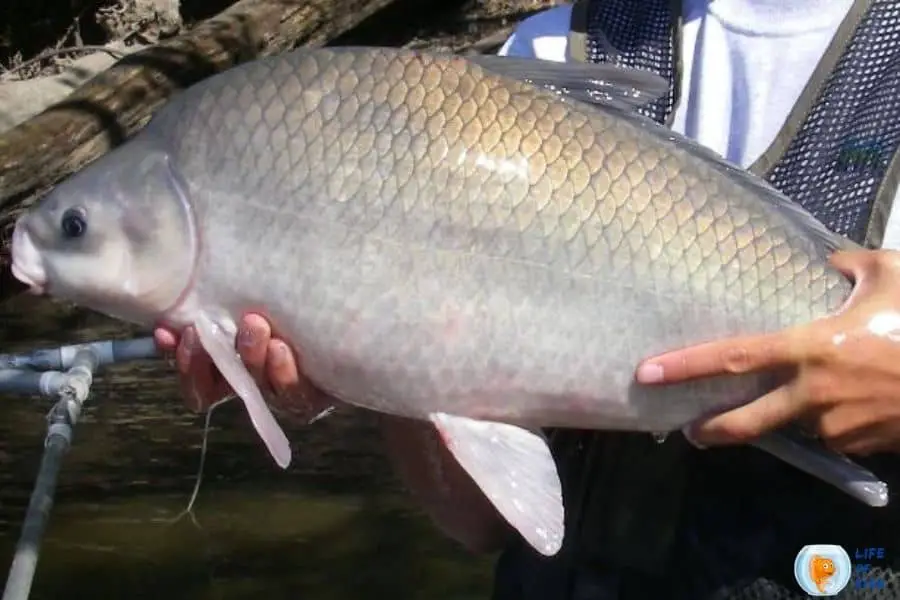
Types of Buffalo Fish
Researchers have identified five species: Smallmouth and Bigmouth bass, Fleshylips, Usumacinta, and Black Buffalo. Let us get into the details of a few common of these types.
Smallmouth Buffalo
The smallmouth buffalo’s mouth is more downward-oriented than the bigmouth buffalo.
The smallmouth buffalo’s back and sides are either light brown or pigmented with a coppery- or greenish tinge.
The underside of a smallmouth buffalo is a bright yellow-white hue. They rank this animal second only to bigmouth buffalo.
The smallmouth buffalo’s back is likewise taller than the bigmouth’s. The maximum length is 44 inches (112 cm). The maximum weight capacity is 81.6 pounds (37.3 kg).
Because of siltation and pollution, the smallmouth buffalo requires clean, deep water to survive.
From Pennsylvania and Michigan through Montana and southward to the Gulf of Mexico, they can get found.
They consume crustaceans, shellfish, and various plants, among other things.
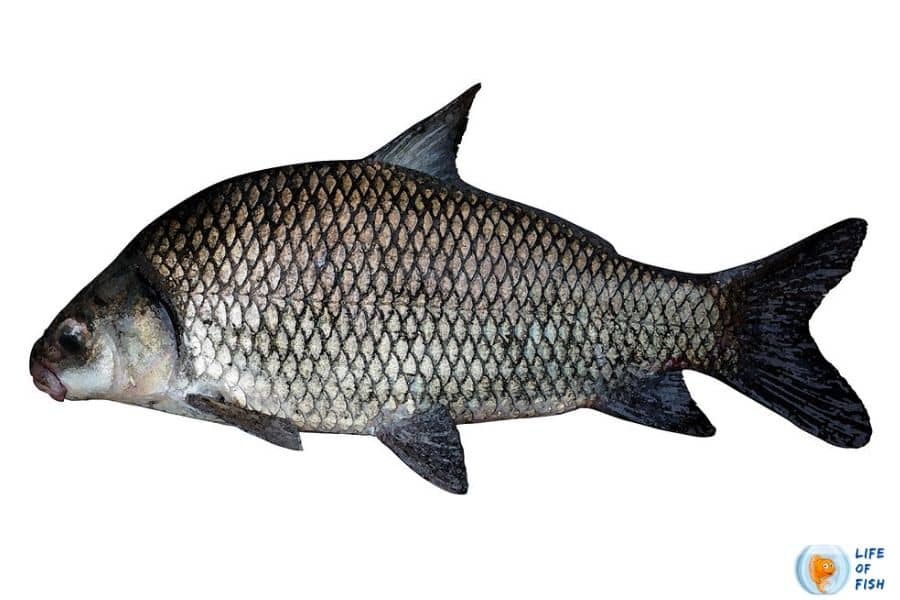
Bigmouth Buffalo
Compared to the smallmouth buffalo, the bigmouth buffalo has a broader mouth and thinner lips.
The body is shorter than the smallmouth, with a depth of 2.5 to 3.3 times the usual length.
The breeding males have a darker coloration and tiny tubercles covering their heads, body, and fins.
They are omnivorous, eating bottom-dwelling invertebrates and other small creatures.
Invertebrates and bottom-dwelling midges are the primary food sources for younger fish, whereas tiny crustaceans are the primary food source for older adults.
It prefers to live in the deeper pools of more significant streams, natural lowland lakes, and artificial impoundments.
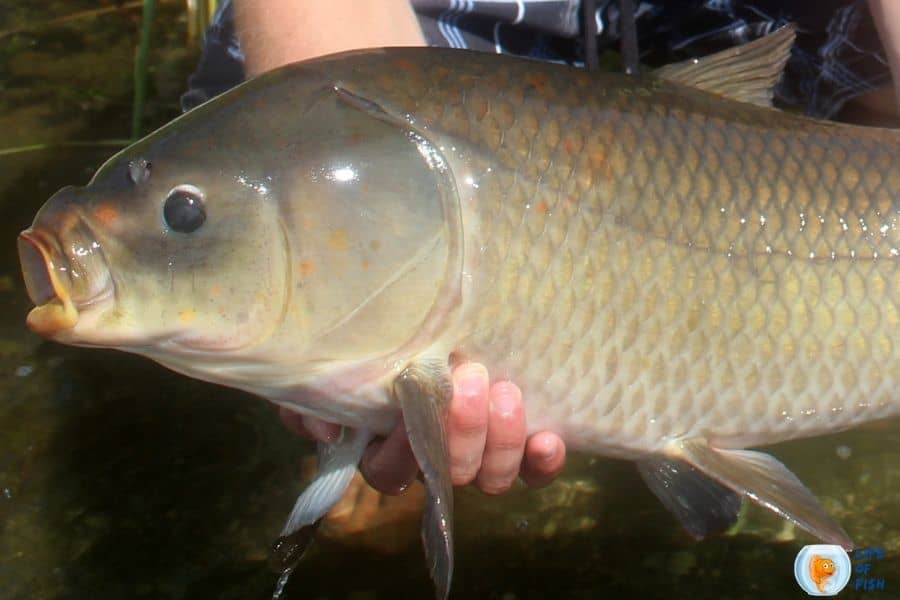
Black Buffalo
Unlike when they are young, smallmouth and adult black buffalo are easier to spot. The black buffalo’s mouth is located directly below the front end, somewhat oblique.
The body depth of a black buffalo is around 2.8 times its average length. It’s just 2.7 times for the smallmouth.
The black buffalo’s nape is either rounded or slightly keeled. On their backs, large breeding males exhibit a prominent hump at the dorsal fin source.
The lateral line has 36 to 39 scales, whereas the soft rays of the dorsal fin have 27 to 31.
The body and fins are dark greys, blue to bronze, or olive in hue. The lower sections of significant streams, rivers, and reservoirs are home to the black buffalo.
The Asian clam Corbicula, algae, and plankton are all eaten by black buffalo.
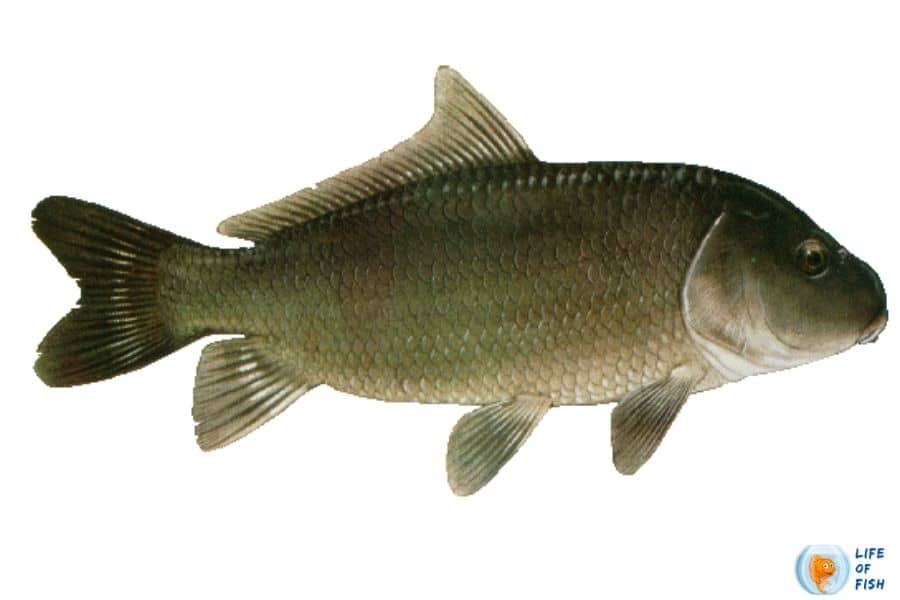
Are buffalo fish poisonous to eat?
A toxin found in buffalo fish has got related to the illness of Haff disease.
If you get muscle pains, vomiting, dark-brown urine, or muscle stiffness after eating buffalo fish, seek medical attention.
Contact your state’s natural resources or environment department if you have any questions about eating fish caught or consumed in your area.
Do you need further assistance? The comment section is all yours. Have a great day!
Bottom Line
The distribution and range of each of all buffalo species are distinct. Some live in more extensive areas, while others dwell in smaller spaces.
This freshwater fish is related to carp and belongs to the sucker family. It may be roasted, poached, sautéed, or grilled and has a gritty yet sweet, lean meat.
Buffalo fish is available whole, as fillets, or in steaks. It’s delicious when smoked.
Read Next: Dragon Goby (Gobioides broussonnetii) Care | 11 Interesting Facts
